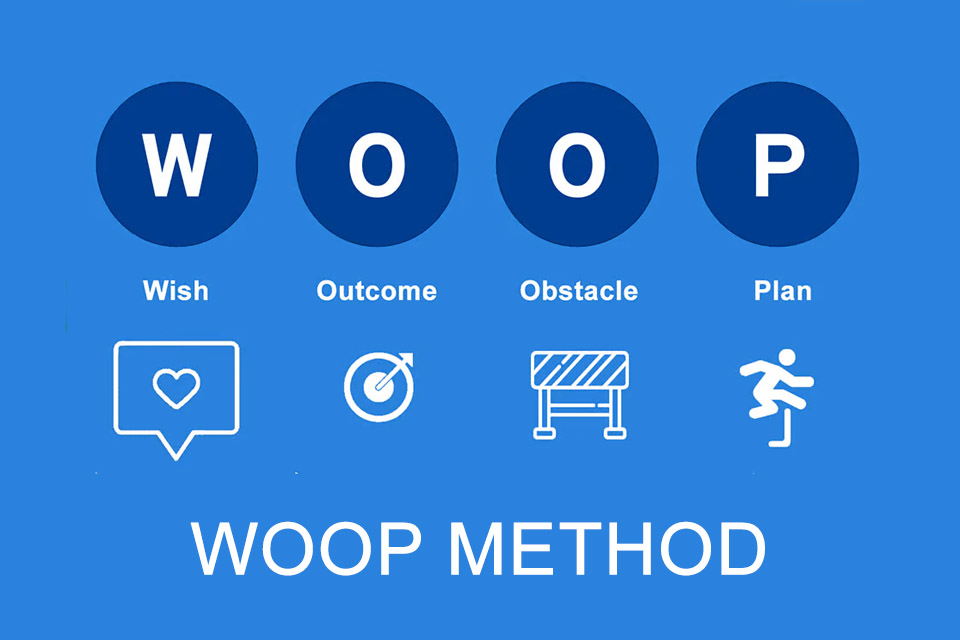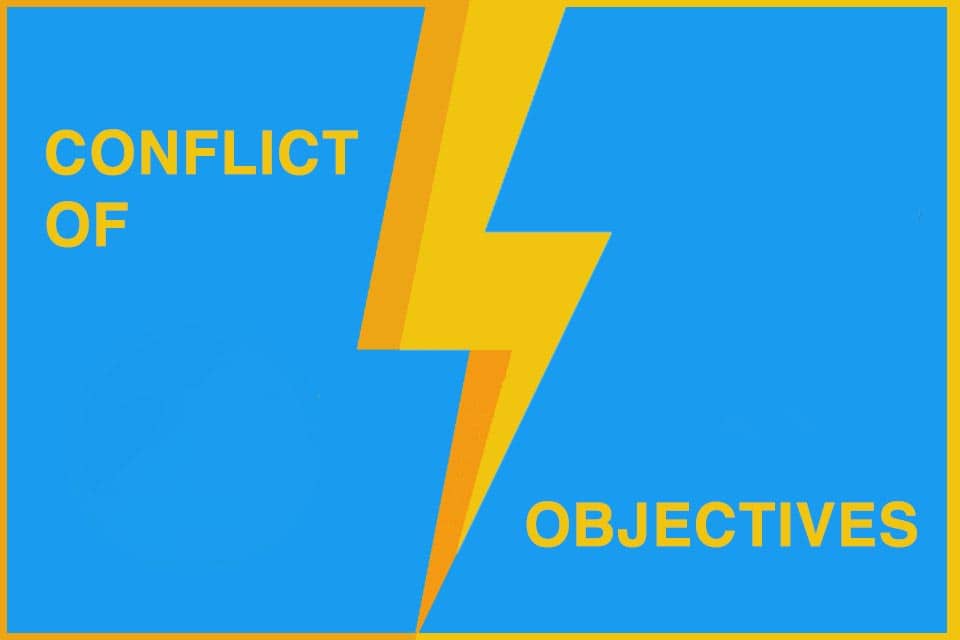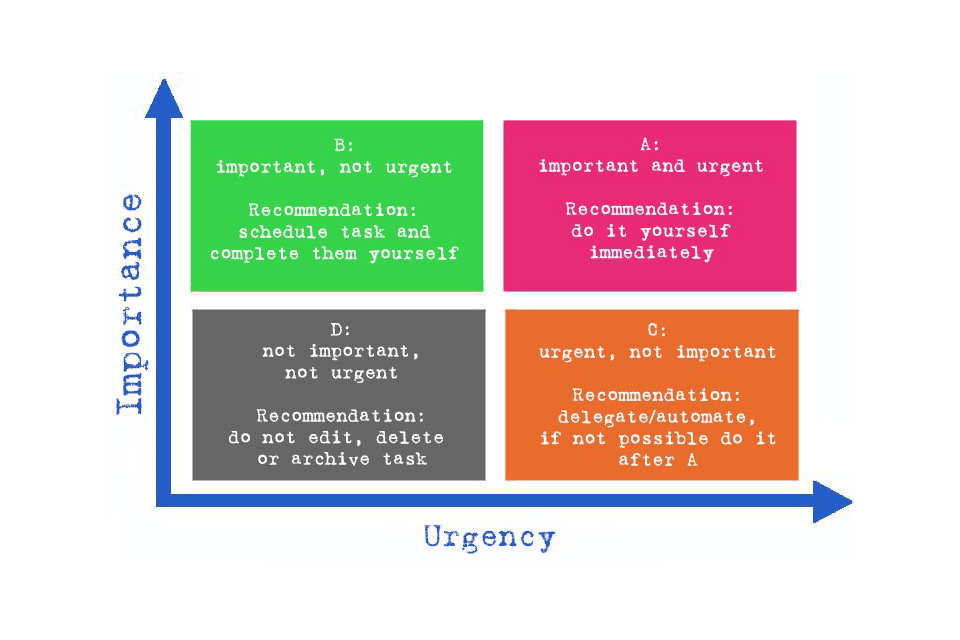What is the WOOP Method?
Smartpedia: The WOOP method describes a procedure for the planned fulfilment of personal wishes. WOOP stands for Wish, Outcome, Obstacle and Plan.
WOOP method – Getting from a wish to implementation
WOOP is an acronym and stands for:
- Wish,
- Outcome,
- Obstacle,
- Plan.
It is a method – sometimes also called WOOP strategy or mental strategy – with which people tackle the realisation of wishes step by step by clearly postulating a wish, visualising the hoped-for outcome, identifying possible obstacles and planning to overcome the obstacles and thus fulfil the wish or achieve the goal.
The method was invented by Prof. Dr. Gabriele Oettingen, who has been working on the topics of positive thinking, future thinking, self-regulation and goal achievement for more than 20 years. The success of the method has been proven in various studies¹. It can be used in many ways and helps to recognise and fulfil wishes as well as to let go of wishes if obstacles are too big.
The WOOP method in detail
The WOOP method is based on four steps:
Step 1: Identifying a wish
The first step is to formulate a wish. It can be a small or a big wish, it can be professional or private. It can be a promotion, the elimination of a conflict, a decision to be made or a trip with the family.
Step 2: What would happen if the wish came true?
The second step is about the hoped-for outcome. What should be different or achieved? What happens if the wish comes true? How does it feel? How can you tell that the wish is becoming reality? What is the very best thing when the wish comes true?
Step 3: What personal obstacle or hindrance stands in the way of the wish?
What stands in the way of wish fulfilment? This question is discussed in the third step. What hinders an action? What personal aspects, beliefs, habits or behaviours block the realisation of the wish? And what is the biggest obstacle of all?
Step 4: A plan to overcome the obstacles
The fourth step is to ask how the identified obstacles can be overcome. What has to happen for things to change? How can change be initiated. Since not all obstacles actually happen in reality, the use of if-then actions is useful. “If [obstacle], then I will [plan or action to overcome obstacle]!”
In short, the first step is about identifying and formulating a desire, the second step is about reinforcing the desire using concrete outcomes. The third step is about identifying possible obstacles and the fourth step is about removing or overcoming the obstacles. Ideally, after these four steps, the person’s wish becomes reality. WOOP … uh … Wow!²
Tips for using the WOOP method
There are some tips on how to apply the WOOP method:
- Positive thoughts about the personal future often spur people into action and overcome possible obstacles. It therefore makes sense to tackle all 4 steps of the method with deliberation, calmness and clear focus.
- Prioritisation is very important. It is not about identifying 100 desires with 1,000 possible obstacles, but finding those desires that really matter. Prioritisation in itself is a way to distinguish between more important and less important desires. And thus it is also a tool to separate oneself from desires. (The same applies, by the way, when obstacles are too great).
- Many thoughts and behaviours happen unconsciously. Here, on the one hand, the method offers an approach to consciously perceive wishes and put them into action. On the other hand, the method helps to train the subconscious over time, also because it is easy to apply. This happens in particular through the visualisation of possible outcomes that justify dealing with possible obstacles.
- The method actually works best with desires that are really close to a person’s heart; that is, with heart desires.
Last but not least, it can be useful to address medium-term wishes with reflection and improvement loops. And also using long-term goals and combining them with other methods, e.g. for formulating goals, proves to be very useful in practice.
Impulse to discuss
How important is it in practice to document the wish, the hoped-for result, the biggest possible obstacle and the if-then plan in writing?
[1] See various studies, including:
- 2017: Mental contrasting of counterfactual fantasies attenuates disappointment, regret, and resentment, https://link.springer.com/article/10.1007/s11031-017-9644-4
- 2012: Mental contrasting with implementation intentions enhances self-regulation of goal pursuit in schoolchildren at risk for ADHD, https://link.springer.com/article/10.1007/s11031-012-9288-3
- 2010: Self‐regulation strategies improve self‐discipline in adolescents: benefits of mental contrasting and implementation intentions, https://kops.uni-konstanz.de/entities/publication/b80e704b-09c4-4e23-a3d5-e9c731be2f7b
- 2009: Physical activity in women: effects of a self-regulation intervention
- 2006: Turning Fantasies About Positive and Negative Futures into Self-Improvement Goals, https://link.springer.com/article/10.1007/s11031-006-9016-y
Here you can find a German-language video by Prof. Dr. Gabriele Oettingen in which she talks about key mental factors for the future and the WOOP method.
If you like the article or would like to discuss it, please feel free to share it in your network. And if you have any comments, please do not hesitate to send us a message.
Here you will find additional information from our Smartpedia section:



